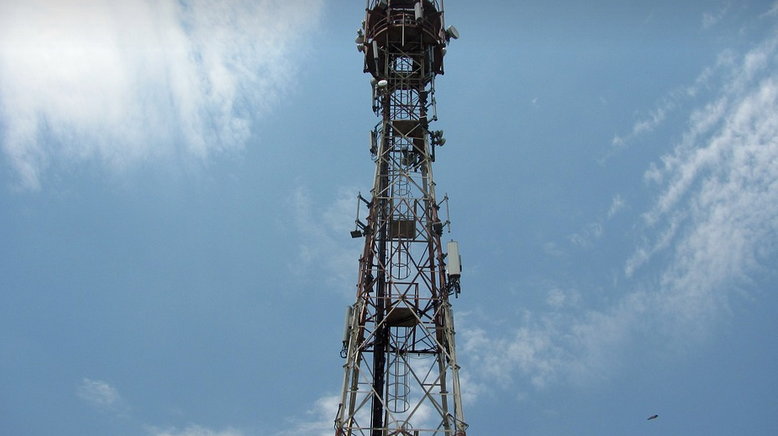Understanding the Importance
The 6L80 transmission, a robust and popular unit in various vehicles, relies on precise connections for smooth operation. One of these crucial components is its connector. This connector plays a vital role in supplying power to the transmission and allowing communication with other systems within your vehicle. Removing this connector can be necessary for repairs, upgrades, or even routine maintenance, but it requires careful attention to avoid potential damage.
A Step-by-Step Guide
Before we delve into the specific steps, let’s establish some foundational knowledge about the 6L80 transmission connector: it’s typically located near the transmission pan or on the transmission control module. The connector itself is often a multi-pin design with various colored wires to denote their respective functions. Understanding the color code of your connector can be invaluable during removal and reinstallation.
Now, let’s embark on the actual process:
- **Step 1: Disconnect Power:** The first step is crucial. The power supply to the transmission needs to be disconnected before you begin any work. This will prevent accidental shocks or damage to your system. Consult your vehicle’s manual for specific instructions on disconnecting the battery.
- **Step 2: Locate the Connector, Identify and Label Wires:** Once the power is switched off, locate the connector carefully. It might be hidden behind a cover or require some maneuvering. Identify each wire within the connector by its color. Make notes about their purpose; this will make reassembly easier later on.
- **Step 3: Carefully Remove the Connector:** Once you’ve identified the wires, use specialized tools to disconnect and remove the connector from your transmission. Be careful not to pull or bend any wires, and avoid forcing the connector if it doesn’t budge easily. If a lever is required, ensure you understand how to operate it safely.
- **Step 4: Clean Up and Prepare:** After removing the connector, take some time to clean up around the area. This may include using compressed air or a vacuum cleaner to remove any accumulated debris and dust. Ensure everything is placed in its designated place for easy access once reassembly.
- **Step 5: Verify and Document:** Before putting the connector back, verify that all wires are correctly connected and labeled. If needed, use a marker or tape to further identify each wire. Take some time to read through your notes again to ensure you understand the steps.
- **Step 6: Reassembly and Testing:** The final step is reassembling the connector. Align the connector with its corresponding pins and carefully push it back into place. Once secure, reconnect the power supply to the transmission. Remember to consult your vehicle’s manual for specific instructions on reconnecting the power supply.
- **Step 7: Test Run:** After successfully reassembling the connector, perform a short test run of your vehicle to confirm that everything is functioning correctly. This will help you identify any potential issues or loose connections before driving long distances
Cautions and Considerations
Working on the transmission can be challenging if you are unfamiliar with its inner workings. It’s critical to follow these steps carefully and consult your vehicle’s service manual for detailed instructions specific to your make and model. If you feel uncertain, seeking professional assistance is always recommended.
Resources
Several resources can help you understand the intricacies of this process. You can find helpful videos on YouTube or review manuals from reputable sources.



